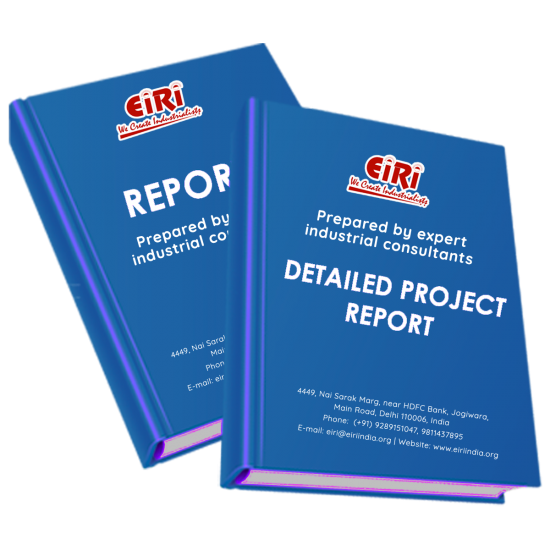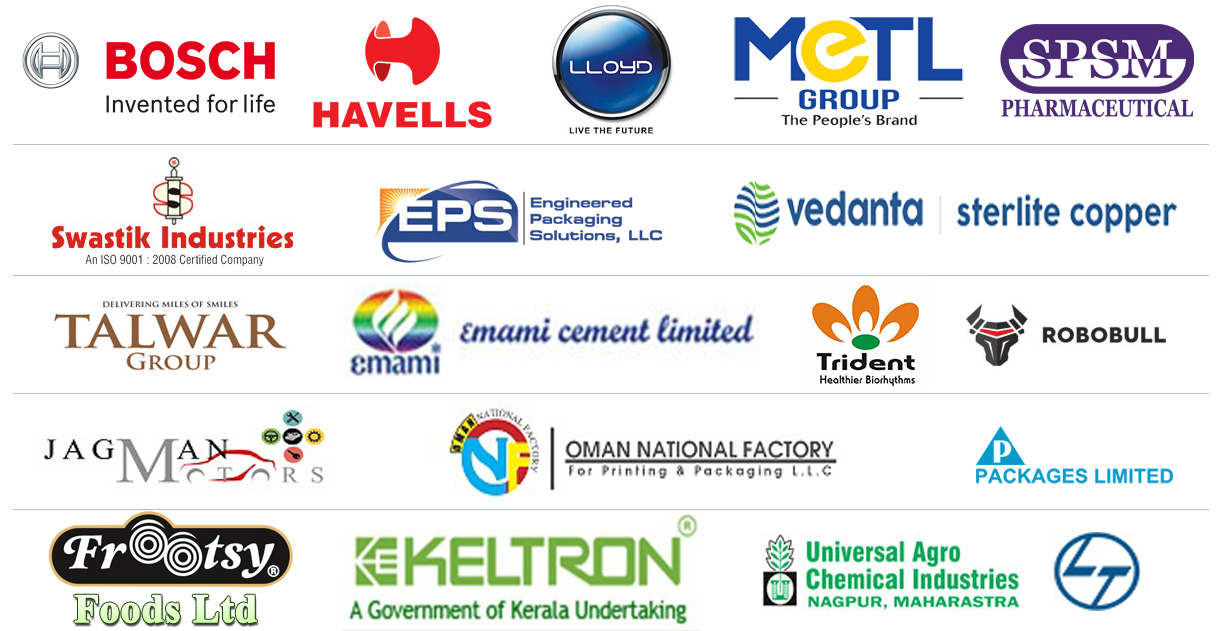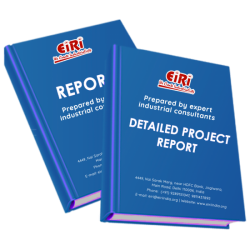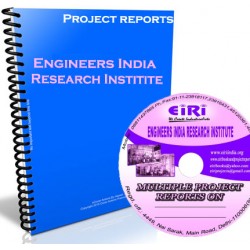Detailed Project Report on liquid sulphur black dye

- More than 40 years of experience
- Managed by expert industrial consultants
- ISO 9001-2015 Certified
- Registered under MSME, UAM No: DL01E0012000
- 24/5 Research Support
Get your quesries resolved from an industry expert. Ask your queries before report or book purchase. - Custom Research Service
Speak to the our consultant to design an exclusive study to serve your research needs. - Quality Assurance
All reports are prepared by highly qualified consultants & verified by a panel of experts. - Information Security
Your personal & confidential information is safe & secure.
LIQUID SULPHUR BLACK DYE
[CODE NO 3430]
Sulfur dyes are most commonly used dyes manufactured for cotton in terms of volume. They are cheap, generally have good wash-fastness, and are easy to apply. Sulfur dyes are predominantly black, brown, and dark blue. Red sulfur dyes are unknown, although a pink or lighter scarlet color is available.
The most important member of the class is Sulfur Black 1. It is produced by the reaction of 2, 4-dinitrophenol and sodium sulfide in hot water. Like many sulfur dyes, details on the chemical reactions are poorly understood. It is accepted that the sulfide reduces the nitro groups to aniline derivatives, which are thought to form indophenol-containing intermediates that are further crosslinked by reaction with sulfur. The result are insoluble, high molecular weight species. Sulfur Black 1 is imperfectly understood, and the material is probably heterogeneous. It is speculated to be a polymer consisting of thianthrene and phenothiazine subunits.
Sulfur dyes are water-insoluble. In the presence of a reducing agent and at alkali pH's at elevated temperature of around 80°C, the dye particles disintegrate, which then becomes water-soluble and hence can be absorbed by the fabric. Sodium sulfide or sodium hydrosulfide are suitable reducing agents. Common salt facilitates the absorption. After the fabric is removed from the dye solution, it is allowed to stand in air whereupon the dye is regenerated by oxidation. The regenerated parent dye is insoluble in water. Oxidation can also be effected in air or by hydrogen peroxide or sodium bromate in a mildly acidic solution.
The low water solubility is the basis of the good wash-fastness of these dyed fabrics. These dyes have good all round fastness except to chlorine bleaches. Because the dye is water-insoluble, it will not bleed when washed in water and will not stain other clothes. The dye, however, may have poor fastness to rubbing. The dyes are bleached by hypochlorite bleach.
The sulphur dyes have been in use as cotton dyes for over ninety years. As far as the application is concerned the sulphur dyes are akin to the vat dyes since they are water insoluble substances which first must be reduced to a soluble form by means of sodium sulphide, which is applied to cotton fibre and the dye being regenerated by oxidation (in air). This group of dyes is produced by heating relatively simple aromatic substance with sulphur or a sulphur compound where by aromatic rings are by disulfphide or disulphoxide bridges. These links are converted by the action of sodium sulphide into -SNa groups, smaller water soluble molecules being produced. On oxidation in air the molecules are linked together once more as sulphides.
COST ESTIMATION
Plant Capacity : 12.00 MT./day
land & Building (3000 Sq.ft) : Rs. 3.89 Cr
Plant & Machinery : Rs. 1.53 Cr
Working Capital for 1 Month : Rs. 4.05 Cr
Total Capital Investment : Rs. 9.58 Cr
Rate of Return : 36%
Break Even Point : 43%
INTRODUCTION
TYPICAL CONDITION FOR THE THIONATION ARE AS FOLLOWS:
STRUCTURE AND PROPERTIES OF SULFUR DYES
SULFUR DYES
CHEMICAL STRUCTURE:-
PROPERTIES OF SULFUR DYES
MAIN PROPERTIES OF THE SULFUR DYES ARE AS FOLLOWS:
FASTNERS PROPERTIES:-
ESTIMATION OF SULFUR DYES
USES AND APPLICATION OF LIQUID SULPHUR BLACK DYE
APPLICATION OF SULPHUR DYE
SPECIFICATION OF LIQUID SULPHUR BLACK DYE
CHARACTERISTICS AND FEATURES OF LIQUID SULPHUR BLACK DYE
CONSTITUTION
MECHANISING OF THE FORMATION OF SULFURE DYES:-
FORMATION OF SULFUR BLACK DYE FROM DIPHENYLAMINE DERIVATIVES
1. DIPHENYL FORMATION:-
II. THIS DIPHENYL FORMATION:-
III A) THIS DIPHENYLAMINE DERIVATIVE:-
B) BLUE DYESTUFF FORMATION (WITH OUT LIBERATION OF NH3
C) BLACK DYESTUFF FORMATION (WITH LIBERATION OF NH3)
SULFUR SIDE CHAINS
CARBON LINKAGE:-
MECHANISM OF DYE APPLICATION
SULPHIDE REDUCING AGENTS
NON-SULPHIDE REDUCING AGENTS
GLUCOSE
MERCAPTOETHANOL
ALKYLATION OF SULPHUR DYEINGS
OXIDATION OF SULPHUR DYES
DICHROMATE
IODATES
CHLORITE
HYDROGEN PEROXIDE
REDUCTION IN CHEMICALS
MARKET SURVEY
INSTALLED CAPACITY AND PRODUCTION OF SULPHUR BLACK
DETAILED EXPORT DATA OF SULPHUR BLACK LIQUID
PRESENT MANUFACTURERS/SUPPLIERS OF SULPHUR BLACK DYE
SULPHUR BLACK
CHARACTERISTICS:
APPLICATION:
STORAGE:
GENERAL PROPERTIES:
REACTION ON CELLULOSE:
AFTER TREATMENT:
FASTNESS PROPERTIES:
METHOD OF APPLICATION:
MANUFACTURING PROCESS
OF SULPHER BLACK (LIQUID)
GRAIN STANDARDIZATION
PROCESS FLOW DIAGRAM
DETAILS OF SULFUR BLACK DYE
SOLUBILISED SULFUR BLACK DYE
HEALTH & SAFETY ASPECTS
ECOLOGY
TOXICOLOGY
B.I.S. SPECIFICATION
1. SCOPE:
2. COLOUR FASTNERS RATING:
3. METHODS OF TEST:
4. MAKING:
TABLE - I COLOUR FASTNESS RATING
SULPHUR DYE EFFLUENT
OXIDATION TREATMENT
BACTERIAL TREATMENT
CHEMICAL OXIDATION
TREATMENT TECHNOLOGIES AND EMISSION GUIDELINES
IN DYE MANUFACTURE
AIR EMISSIONS
LIQUID EFFLUENTS
SOLID HAZARDOUS WASTES
EMISSIONS GUIDELINES
AIR EMISSIONS
LIQUID EFFLUENTS
TABLE EMISSIONS FROM DYE MANUFACTURING
TABLE EFFLUENTS FROM DYE MANUFACTURING
SOLID WASTES
AMBIENT NOISE
PLANT LAYOUT
SUPPLIERS OF RAW MATERIALS
2,4 DINITROCHLOROBENZENE
SODIUM SULFIDE
CAUSTIC SODA LYE
LABORATORY CHEMICALS
SUPPLIERS OF PLANT AND MACHINERY
REACTION VESSELS
MIXING VESSEL
FILTER PRESS
BOILER
LABORATORY EQUIPMENTS/LABORATORY TESTING EQUIPMENTS
D.G. SET
APPENDIX – A:
1. COST OF PLANT ECONOMICS
2. LAND & BUILDING
3. PLANT AND MACHINERY
4. FIXED CAPITAL INVESTMENT
5. RAW MATERIAL
6. SALARY AND WAGES
7. UTILITIES AND OVERHEADS
8. TOTAL WORKING CAPITAL
9. COST OF PRODUCTION
10. PROFITABILITY ANALYSIS
11. BREAK EVEN POINT
12. RESOURCES OF FINANCE
13. INTEREST CHART
14. DEPRECIATION CHART
15. CASH FLOW STATEMENT
16. PROJECTED BALANCE SHEET
How to Make Project Report?
Detailed Project Report (DPR) includes Present Market Position and Expected Future Demand, Technology, Manufacturing Process, Investment Opportunity, Plant Economics and Project Financials. comprehensive analysis from industry covering detailed reporting and evaluates the position of the industry by providing insights to the SWOT analysis of the industry.
Each report include Plant Capacity, requirement of Land & Building, Plant & Machinery, Flow Sheet Diagram, Raw Materials detail with suppliers list, Total Capital Investment along with detailed calculation on Rate of Return, Break-Even Analysis and Profitability Analysis. The report also provides a birds eye view of the global industry with details on projected market size and then progresses to evaluate the industry in detail.
We can prepare detailed project report on any industry as per your requirement.
We can also modify the project capacity and project cost as per your requirement. If you are planning to start a business, contact us today.
Detailed Project Report (DPR) gives you access to decisive data such as:
- Market growth drivers
- Factors limiting market growth
- Current market trends
- Market structure
- Key highlights
Overview of key market forces propelling and restraining market growth:
- Up-to-date analyses of market trends and technological improvements
- Pin-point analyses of market competition dynamics to offer you a competitive edge major competitors
- An array of graphics, BEP analysis of major industry segments
- Detailed analyses of industry trends
- A well-defined technological growth with an impact-analysis
- A clear understanding of the competitive landscape and key product segments
Need Customized Project Report?
- Ask for FREE project related details with our consultant/industry expert.
- Share your specific research requirements for customized project report.
- Request for due diligence and consumer centric studies.
- Still haven't found what you're looking for? Speak to our Custom Research Team
About Engineers India Research Institute:
Note: We can also prepare project report on any subject based on your requirement and country. If you need, we can modify the project capacity and project cost based on your requirement.
Our Clients

Our Approach
- Our research reports comprehensively cover Indian markets (can be modified as per your country), present investigation, standpoint and gauge for a time of five years*.
- The market conjectures are produced on the premise of optional research and are cross-accepted through associations with the business players
- We use dependable wellsprings of data and databases. What's more, data from such sources is handled by us and incorporated into the report
Why buy EIRI reports?
- Our project reports include detailed analysis that help to get industry Present Market Position and Expected Future Demand.
- Offer real analysis driving variables for the business and most recent business sector patterns in the business
- This report comprehends the present status of the business by clarifying a complete SWOT examination and investigation of the interest supply circumstance
- Report gives investigation and top to bottom money related correlation of real players/competitors
- The report gives gauges of key parameters which foresees the business execution























